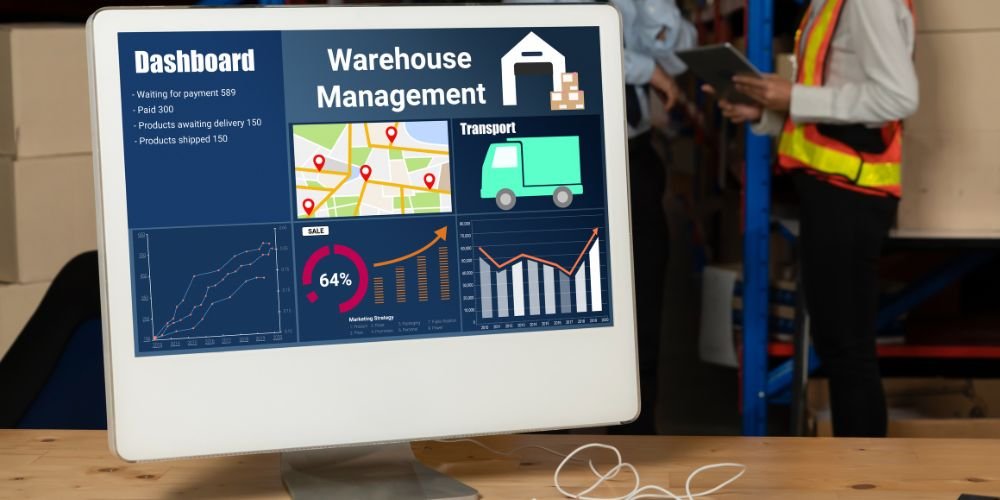Transportation modeling software has emerged as a critical tool in modern transportation, providing invaluable insights into traffic patterns, infrastructure planning, and mobility optimization. This comprehensive exploration delves into the intricacies of transportation modeling software, unraveling its fundamental principles, key components, recent innovations, notable applications, and transformative impact on creating more efficient and adaptive transportation systems.
Understanding Transportation Modeling Software
Transportation modeling software is a suite of applications designed to simulate and analyze various aspects of transportation systems. By leveraging mathematical models and real-world data, these software solutions enable planners, engineers, and policymakers to make informed decisions about infrastructure development, traffic management, and overall mobility.
Key Components of Transportation Modeling Software
The core components of transportation modeling software contribute to its functionality, accuracy, and overall impact on optimizing transportation systems:
- Traffic Flow Models: These models simulate the movement of vehicles and pedestrians within a transportation network, accounting for factors such as road geometry, traffic signals, and speed limits.
- Data Collection and Analysis Tools: It relies on robust data collection methods and tools to gather real-time and historical data on traffic patterns, travel behavior, and infrastructure usage.
- Simulation Algorithms: Sophisticated algorithms power simulations that predict how transportation systems will behave under different scenarios. These simulations aid in identifying potential issues, optimizing routes, and evaluating the impact of proposed changes.
Recent Innovations in Transportation Modeling Software
Recent innovations have elevated transportation modeling software to new heights, addressing key challenges and pushing the boundaries of performance. Notable advancements include the integration of artificial intelligence (AI) and real-time data analytics.
Artificial Intelligence in Transportation Modeling
The integration of AI algorithms enhances the predictive capabilities of transportation modeling software. Machine learning algorithms can analyze vast datasets to identify complex patterns, improving the accuracy of traffic predictions and enabling more effective decision-making.
Real-Time Data Integration
It increasingly incorporates real-time data from various sources, including GPS devices, traffic cameras, and mobile applications. This integration enables dynamic and adaptive modeling, allowing planners to respond quickly to changing traffic conditions and unexpected events.
Notable Applications of Transportation Modeling Software
Transportation modeling software extends beyond theoretical analysis, contributing to various aspects of infrastructure planning, traffic management, and sustainable urban development.
Urban Planning and Infrastructure Development
Planners use transportation modeling software to simulate the impact of proposed infrastructure projects, such as new roads or public transit systems. It aids in optimizing designs, predicting traffic flows, and ensuring that new developments align with long-term transportation goals.
Traffic Signal Optimization
Optimizing traffic signal timings is crucial for reducing congestion and improving traffic flow. It enables the simulation of different signal timing scenarios, identifying optimal settings that minimize delays and enhance overall efficiency.
Challenges in Transportation Modeling Software
Despite significant advancements, it faces challenges that impact its widespread adoption and effectiveness. Addressing these challenges is crucial for continually improving and integrating these tools into our transportation planning and management systems.
Data Accuracy and Privacy Concerns
The accuracy of transportation models heavily depends on the quality of input data. Issues such as incomplete or outdated data can lead to inaccurate predictions. Additionally, privacy concerns about collecting and using personal mobility data must be carefully addressed.
Integration with Emerging Technologies
The rapid development of new transportation technologies, such as autonomous vehicles and shared mobility services, makes it challenging for modeling software to adapt and integrate these innovations effectively.
Future Trends in Transportation Modeling Software
The trajectory of transportation modeling software indicates exciting trends that will further redefine its capabilities and applications. These trends promise to enhance efficiency, improve predictive accuracy, and contribute to the overall well-being of transportation systems.
Integration with Smart Cities
Transportation modeling software is increasingly becoming a core component of smart city initiatives. Integration with other smart technologies, such as IoT sensors and real-time communication networks, enables a more holistic and responsive approach to urban mobility challenges.
Mobility as a Service (MaaS) Integration
As MaaS concepts gain prominence, they are expected to be crucial in optimizing and orchestrating various transportation modes into seamless, integrated services. This includes efficiently coordinating public transit, ridesharing, and other mobility options.
Conclusion
Transportation modeling software is a pivotal tool in the ongoing efforts to create more efficient, adaptive, and sustainable transportation systems. From traffic flow models and real-time data integration to AI-driven simulations, the impact of these technologies extends beyond theoretical analysis, contributing to practical solutions in urban planning, infrastructure development, and traffic management. Despite challenges, ongoing innovations in AI integration, real-time data analytics, and adaptive modeling signal a promising future for transportation modeling software. As research and development continue to push the boundaries of what is possible, it is poised to become an indispensable asset in shaping the future of transportation.










